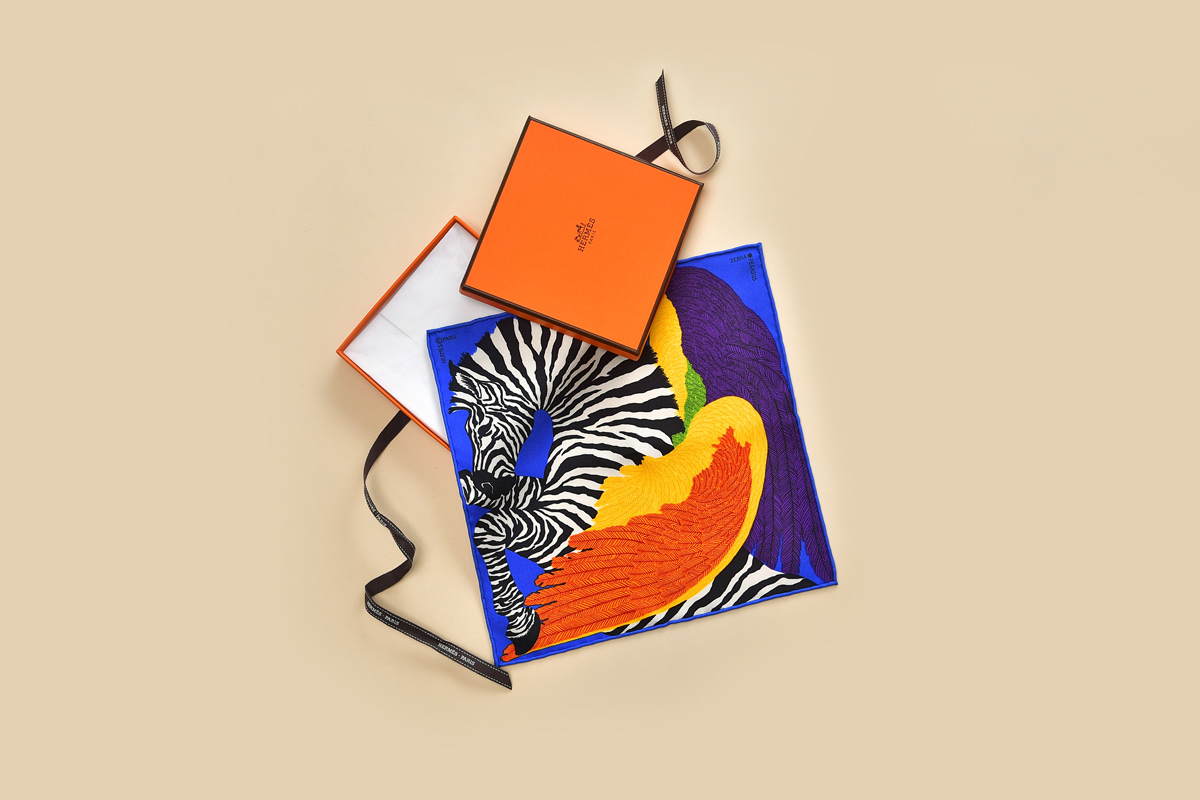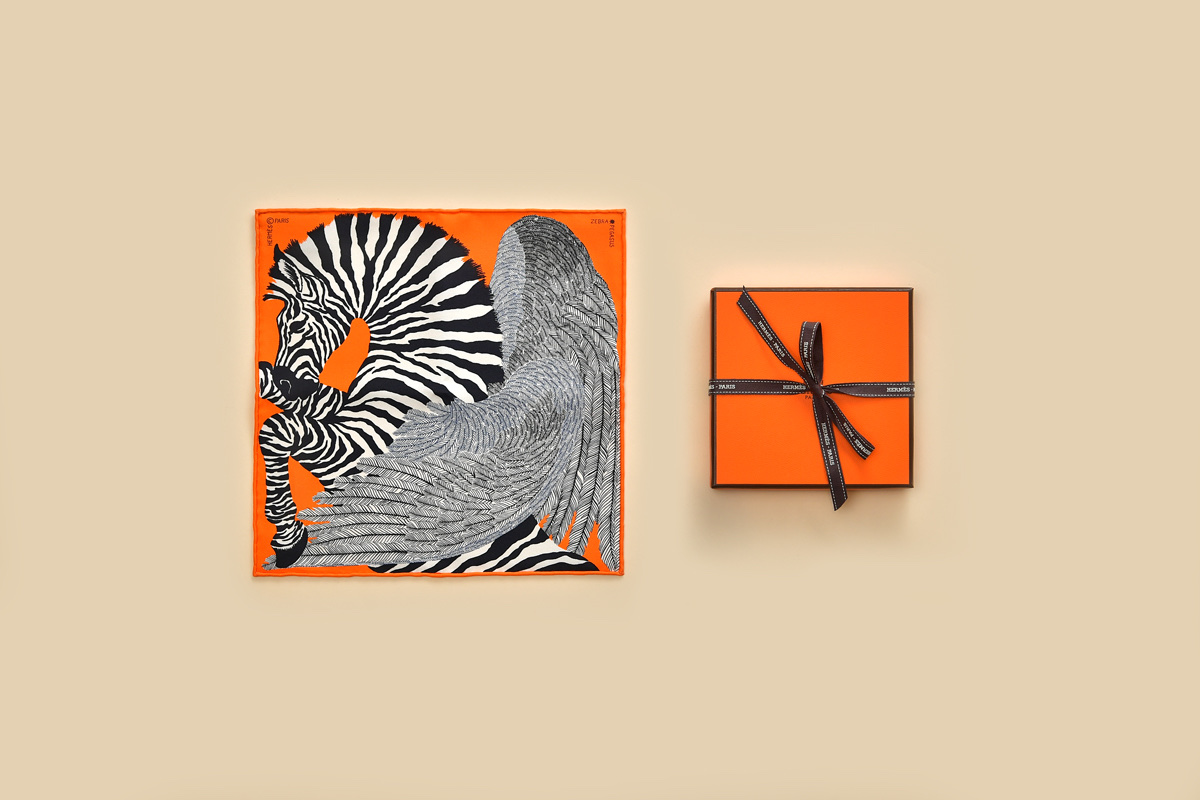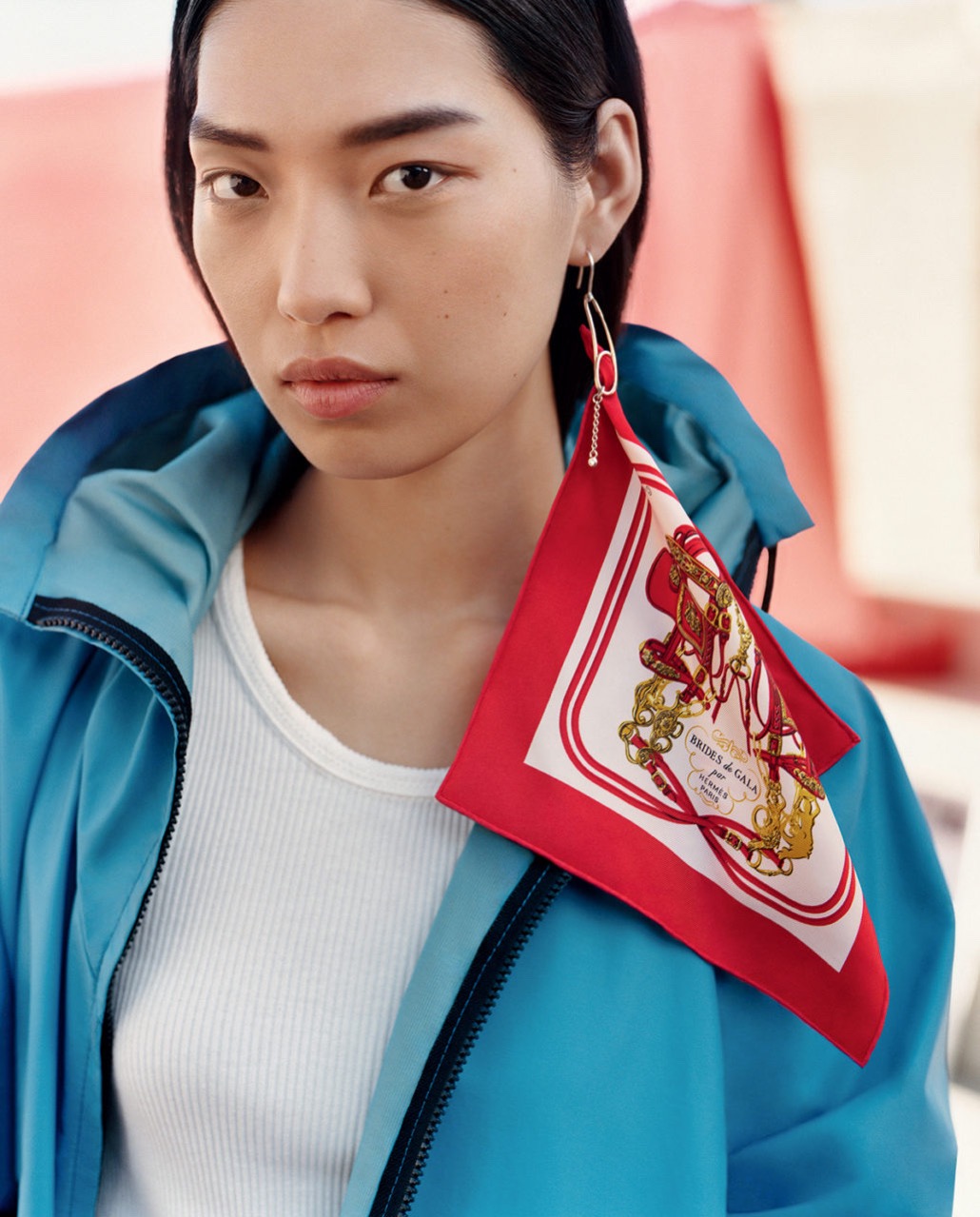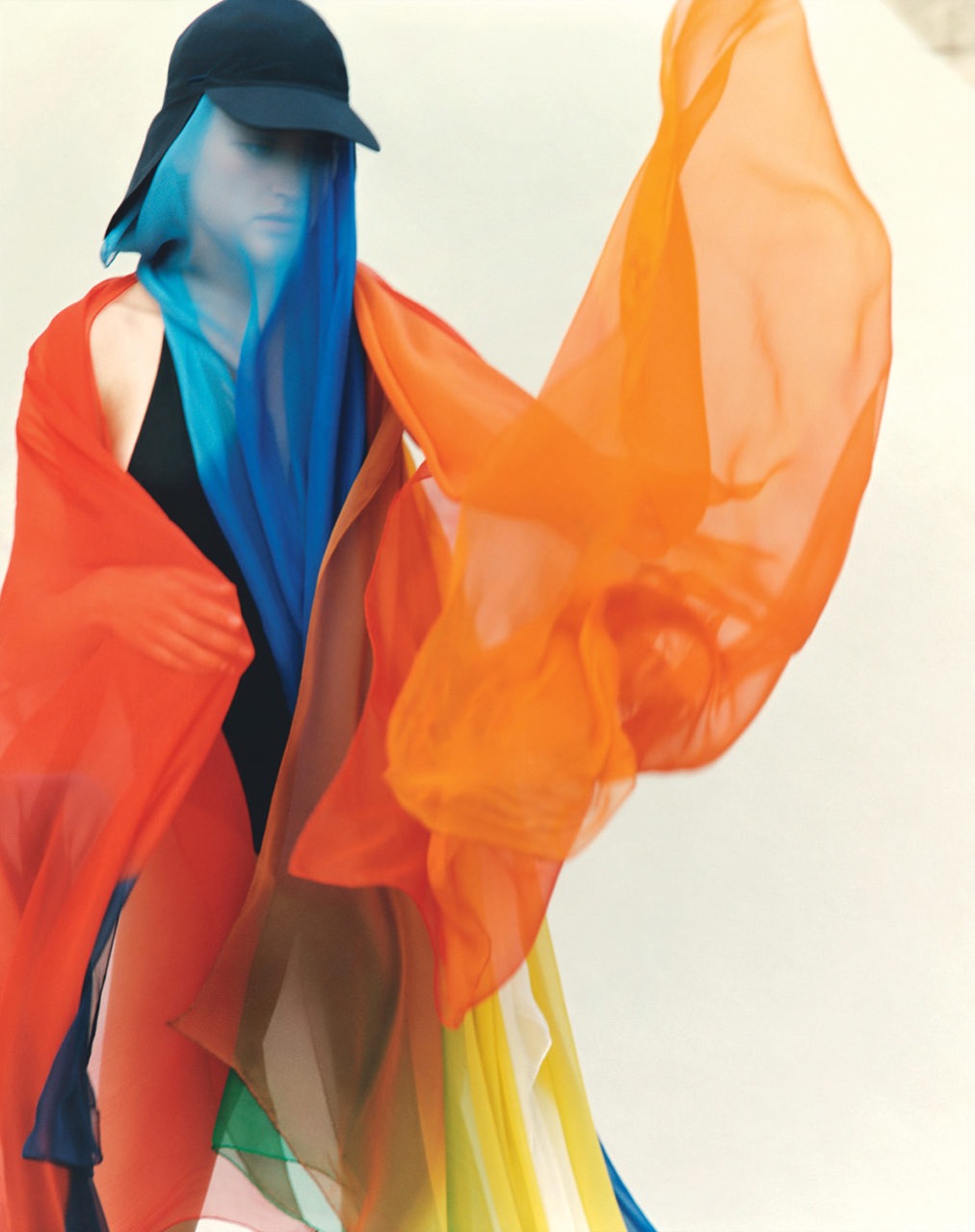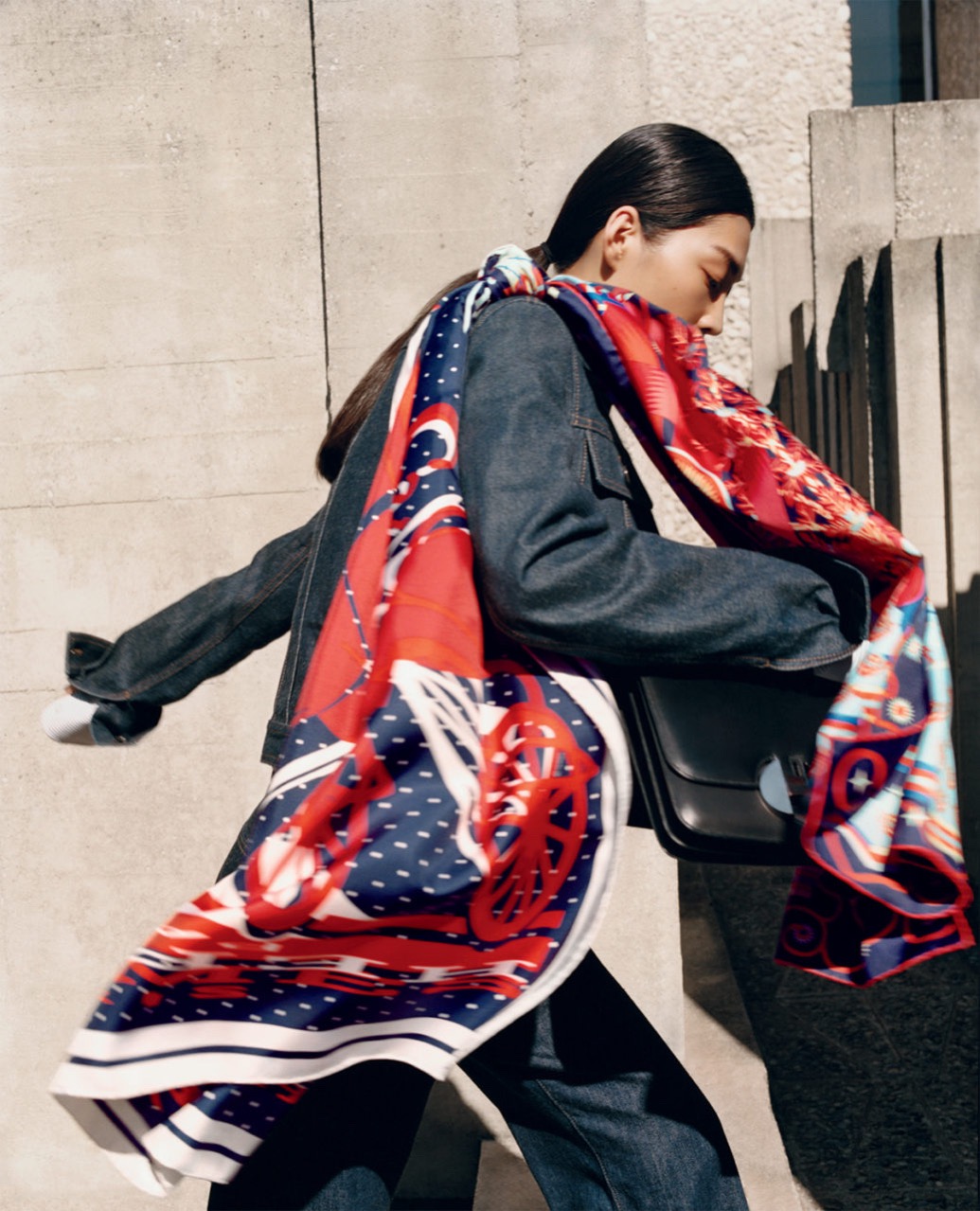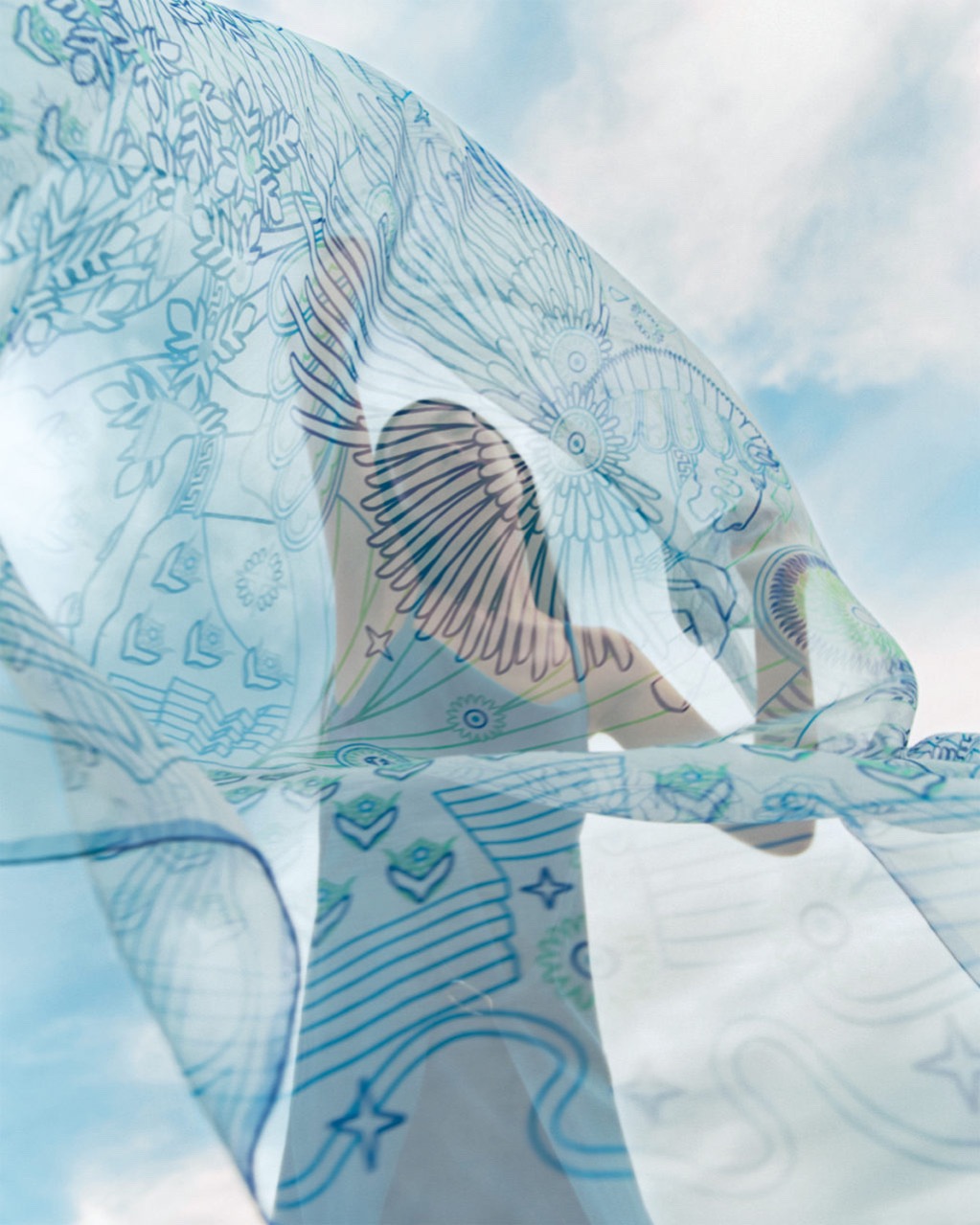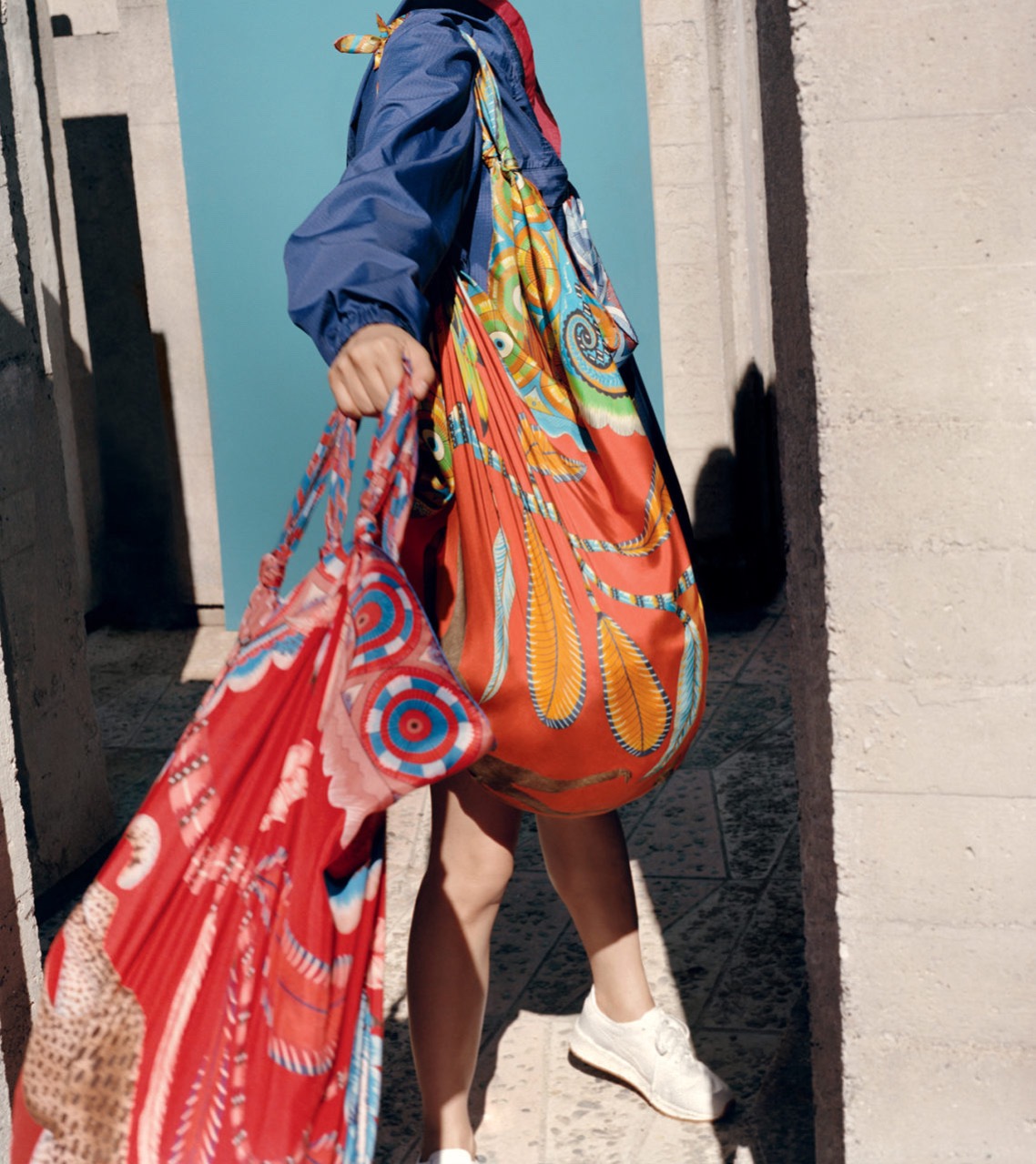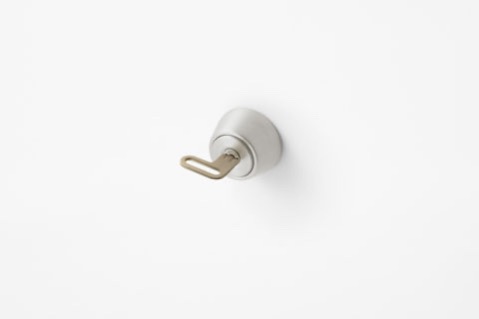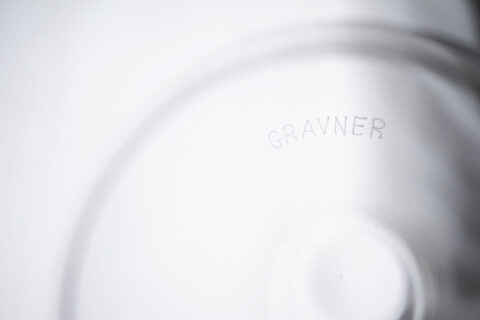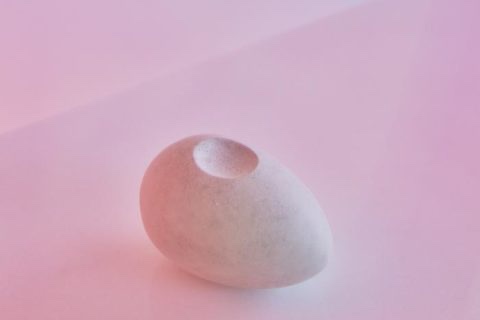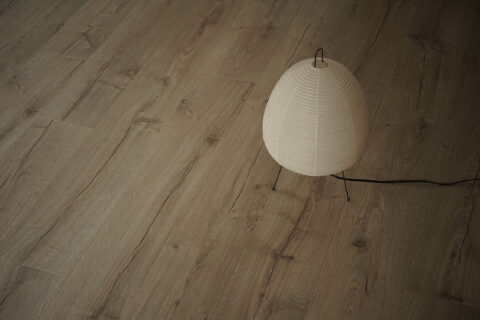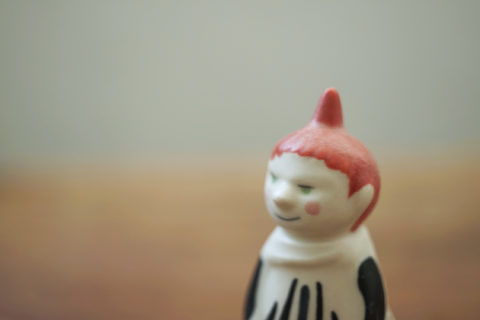
還記得幾年前收到Hermès一套紙卡,外表像撲克一樣的大小,厚厚的數十張,逐張翻開來看才發現是一張張提供各種運用絲巾的點子。每張卡的背後都有插畫教學,畫風簡約又帶點法式風格,按著步驟對半、折成三角形,繫在頸上打結,成為美麗的長領巾,或是把絲巾變成腰帶、手袋上的裝飾、頭巾,甚至是小布袋等等,怎樣使用絲巾成為了一種創意的表達,而絲巾上的圖案更是一種學問。由專門寫時裝、珠寶和當代藝術的Nadine Coleno的著作《The Hermès Scarf: History & Mystique》中可窺見各款經典的絲巾圖案,每一塊絲巾都訴說著一個故事,有的關於馬術,有的關於法國歷史和異國旅遊,甚至是一些天馬行空的想像。細膩的構圖、豐富的色彩和詩意的表達,建構著微妙的愉悅感。由邀請不同的藝術家為絲巾繪圖、製作網版、調色,以及最後以人手捲邊縫線,全新的絲巾需要18個月來製作,繁複的工序令圖案顯得更立體細膩。
在年度主題「Innovation in the Making」之下,Hermès在傳統的工藝裡融合了科技上的突破。例如雙面設計的絲巾,一面印上彩色圖案和法語,另一面則印上單色圖案和英語的版本。雙面絲巾的圖案既不會穿透,亦能保持啞緻柔軟的質感。另外,今季亦推出了全新尺寸的絲巾,包括是心型和20厘米的版本,同樣以捲邊縫線來點綴邊緣,呈現獨特而小巧的設計。全新的比例也帶來別出心裁的新用途,如可作手鐲或腳鐲佩戴,表現品牌的靈活性和勇於創新。
Hermès每一塊絲巾都由一位專屬的設計師負責製作,好像這飛馬圖案的絲巾由藝術家Alice Shirley創作,她畢業於倫敦Saint Martins和Royal Drawing School,過往經常與自然歷史博物館合作。被古代的神話故事深深地吸引著的Alice,以飛馬座的神話為靈感,斑馬加上色彩如孔雀般的翅膀,前蹄舉起的動態,彷如捕捉了它正要飛起、叫喊的瞬間。圖案混合了非洲南部的元素,與夢幻的神話故事結合,同時遙相呼應Hermès的歷史—— 製作馬具起家與對夢想的追求,都印在這小小的絲巾之上。
A few years ago, I received a deck of tens of Hermès knotting cards showcasing various ways to knot a scarf. With a touch of classic French style, the illustrations on the backside of the cards show steps of knotting a scarf into different types of wearables. To follow the illustration step by step, first fold the scarf in half, then fold it into a triangle, tie a knot around your neck to form a tie shape. Other surprising ways of knotting can transform your scarf into a waistband or a bandana. You can also accessorize your handbag with a scarf, or get more bold to knot the scarf into a shoulder bag. The use of scarf reflects one’s creativity, and the aesthetics is, of course, determined by the choice of scarf pattern. The Hermès Scarf: History & Mystique which is written by Nadine Coleno, an author who specializes in works on fashion, jewelry, and contemporary art, can be described as an encyclopedia of the classic Hermès scarf. Every piece of scarf is a depiction of a story waiting to be read, equestrian sports, French history, a journey to a land of the unknown, or some other fanciful imaginations, the artists are narrating these fascinating stories through colorful and poetic illustrations. From commissioning an artist to create patterns to producing the silkscreen, color toning, and finally finishing the hemming by hand, a scarf takes eighteen months to produce. The end product of exquisite quality is just a natural result of such a delicate way of production.
Echoing this year’s theme Innovation in the Making, Hermès is experimenting with blending traditional handicraft with state of the art technologies. Their double-sided scarf has a multicolor pattern paired with French text on one side, and a monotone pattern with English text on the other. Without losing the signature airy texture of the silk scarf, the artisans managed to avoid letting the patterns on the two sides overlap with one another. This season, Hermès is launching some new varieties of scarves including the heart-shaped scarf and the 20 cm x 20 cm square scarf. Same as the normal-size version, this mini scarf is also finished with hand-rolled edges. A new size inspires new use, the Hermès nano scarf can be tied around the wrist or ankle as an adorable accessory. Such creativity and boundless experiment with classic items is definitely a quality that Hermès can be proud of.
Every piece of Hermès scarves is dedicatedly designed by a specific designer. This Zebra Pegasus scarf here is designed by the English artist Alice Shirley who graduated from Central St. Martins and the Royal Drawing School. Shirley has a couple of collaborations with the Natural History Museum in London and is a fan of mythologies. In her Zebra Pegasus scarf, she has given the mythical creature the body of a zebra and the wings of a peacock. With its front legs lifted up, Shirley’s creature appears to be ready to take off to the sky. The scarf design is not only a nice blend of South African animals and Greek mythologies, but also plays a meaningful tribute to Hermès, which first established their business as a harness workshop.
